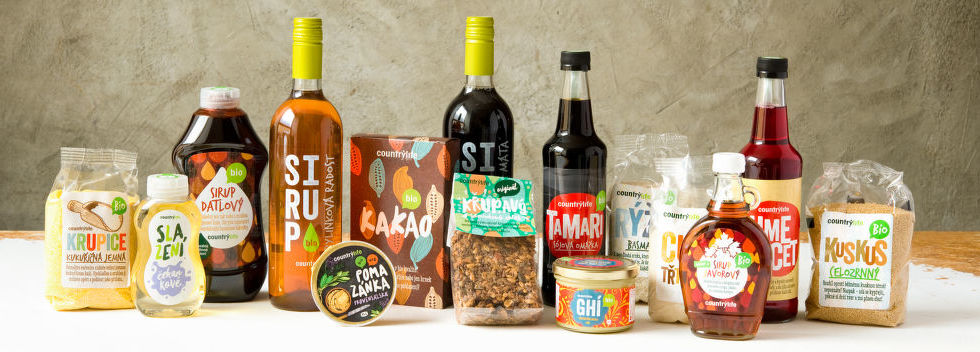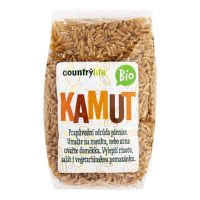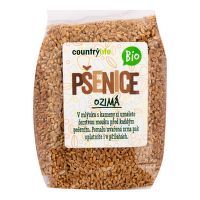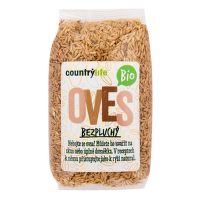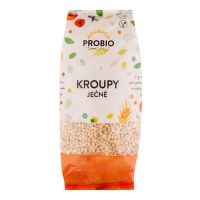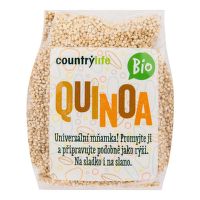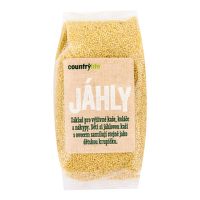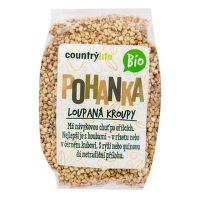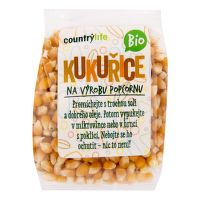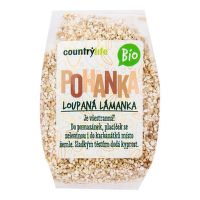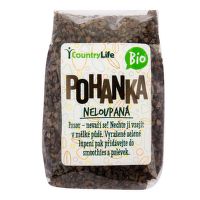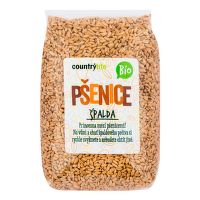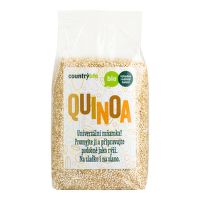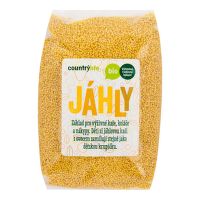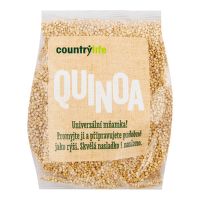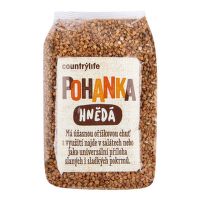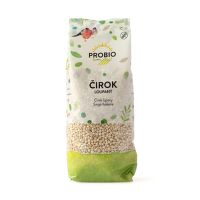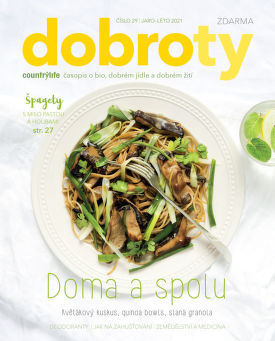Description
Buckwheat was brought to us in 12th century from the southern hills of the Himalayas. It gained its Czech name thanks to pagan invaders who spread it to Europe. Buckwheat, along with quinoa and amaranth, belongs among pseudo-cereals - in human nutrition they are of the same use as cereals, but they botanically belong to different groups. All pseudo-cereals are naturally gluten-free.
Buckwheat in the form of peeled groats makes the basis for the production of all other products made from buckwheat.
Tips and recipes to use buckwheat:
- As a side dish - everywhere where you would normally use rice or couscous
- Dishes of the buckwheat stew type - mushrooms, marjoram, garlic
- Sweet puddings - mix cooked buckwheat with fruits, add nuts, sweet syrup, pour a plant-based cream and bake
- Mixtures to prepare fillings - stuffed peppers, cabbage leaves, tomatoes, zucchinis or aubergine
- Risottos - tastes great combined with round grain rice
- In vegetable salad
- Cake basis - cook buckwheat in plant-based drink and let it bind in a cake shaping form
- Breakfast granola - rinse buckwheat and leave it soaked in water overnight, rinse it again the next day and strain carefully, add your favourite nuts, dried fruits, seeds, cinnamon or carob powder, little bit of olive oil, flavour with sweet syrup, bake the mixture for 1 hour at 110 °C, stir continuously; dry the raw version for 10 hours in the dryer, serve with bio yoghurt or plant-based drink
Try other types of products processed from buckwheat groats as well!
- Peeled crushed buckwheat
- Buckwheat flakes
- Buckwheat bulgur
- Unpeeled buckwheat
- Buckwheat porridge
- Buckwheat flour
- Buckwheat pasta
- Buckwheat pasta Soba quinoa
Composition
Buckwheat. May contain traces of gluten, peanuts, soybeans, nuts and sesame.Storage
Store at temperatures up to + 25 °C and relative humidity up to 70 %.



